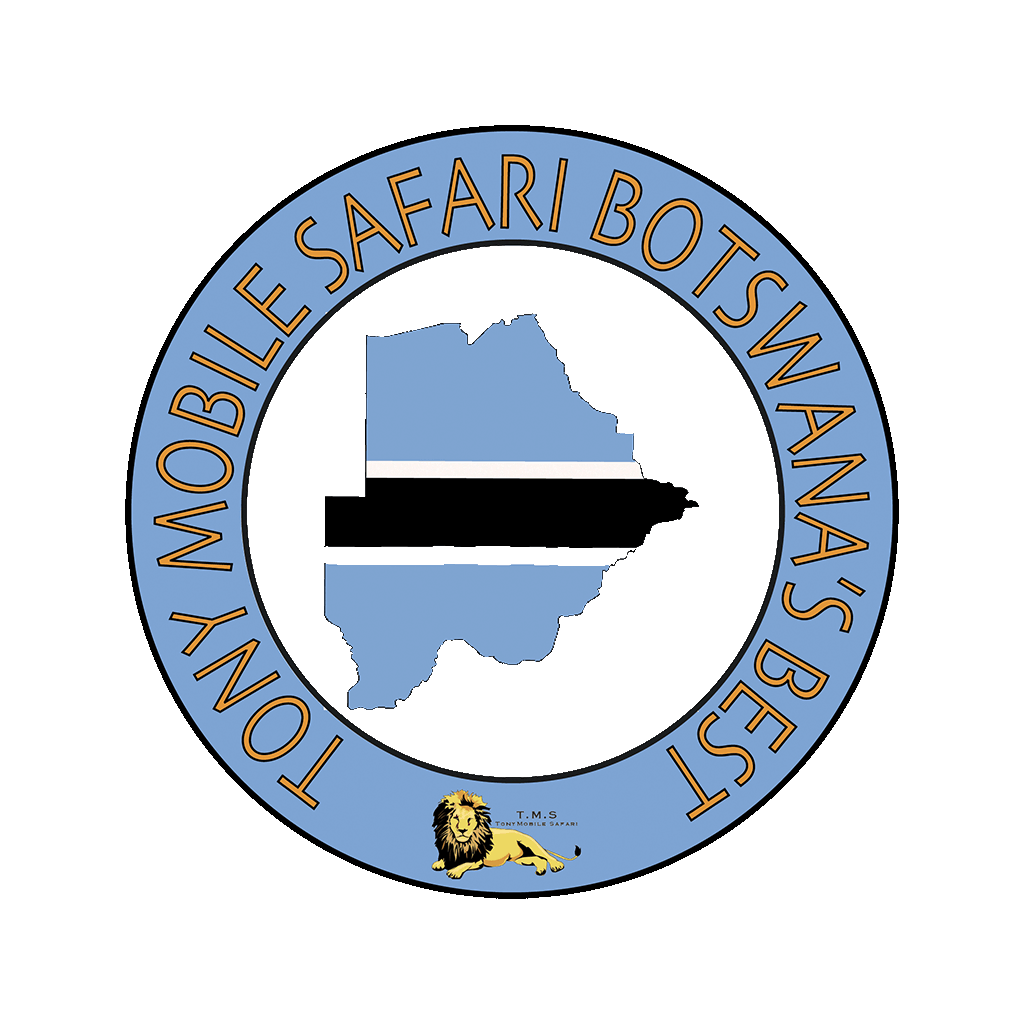
Get closer to wildelife than ever

TONY MOBILE SAFARI
TONY MOBILE SAFARI
Copyright Tonymobilesafari 2023 Contact
CHOBE
Chobe National Park, in northern Botswana, has one of the largest concentrations of game in Africa. By size, it is the third largest park in the country,The Serondela area (or Chobe riverfront), situated in the extreme Northeast of the park, has as its main geographical features lush floodplains and dense woodland of mahogany, teak and other hardwoods now largely reduced by heavy elephant pressure. The Chobe River, which flows along the Northeast border of the park, is a major watering spot, especially in the dry season (May through October) for large breeding herds of elephants, as well as families of giraffe, sable and cape buffalo. The flood plains are the only place in Botswana where the puku antelope can be seen. Birding is also excellent here. Large numbers of carmine bee eaters are spotted in season. When in flood spoonbills, ibis, various species of stork, duck and other waterfowl flock to the area. This is likely Chobe's most visited section, in large part because of its proximity to the Victoria Falls. The town of Kasane, situated just downstream, is the most important town of the region and serves as the northern entrance to the park.
NATIONAL PARK
SAVUTI
The Savuti Marsh area, 10,878 km2 large, constitutes the western stretch of the park (50 km north of Mababe Gate). The Savuti Marsh is the relic of a large inland lake whose water supply was cut a long time ago by tectonic movements. Nowadays the marsh is fed by the erratic Savuti Channel, which dries up for long periods then curiously flows again, a consequence of tectonic activity in the area. It is currently flowing again and in January 2010 reached Savuti Marsh for the first time since 1982. As a result of this variable flow, there are hundred of dead trees along the channel's bank. The region is also covered with extensive savannahs and rolling grasslands, which makes wildlife particularly dynamic in this section of the park. At dry seasons, tourists going on safari often view warthogs, kudus, impalas, zebras, wildebeests and above all elephants bullying each other. At rain seasons, the rich birdlife of the park (450 species in the whole park) is well represented. Packs of lions, hyenas, zebras or more rarely cheetahs are visible as well. This region is indeed reputed for its annual migration of zebras and predators.
MOREMI
Moremi Game Reserve is a Game Reserve in Botswana. It rests on the eastern side of the Okavango Delta and was named after Chief Moremi of the BaTawana tribe. Moremi was designated as a Game Reserve, and not a National Park, when it was created. This designation meant local people, the BaSarwa or Bushmen that lived there were allowed to stay in the reserve.
The Moremi Game Reserve covers much of the eastern side of the Okavango Delta and combines permanent water with drier areas, which create some startling and unexpected contrasts. Some prominent geographical features of the Reserve are Chiefs Island and the Moremi Tongue. In the Moremi Reserve one can experience excellent views of Savannah game as well as bird-watching on the lagoons. There are also thickly wooded areas, which are home to the rare African wild dog and leopard. To the northeast lies the Chobe National Park which borders the Moremi Game Reserve.
Although just under 5,000 square kilometres (1,900 sq mi) in extent, it is a surprisingly diverse Reserve, combining mopane woodland and acacia forests, floodplains and lagoons. Only about 30% of the Reserve is mainland, with the bulk being within the Okavango Delta itself.
The Moremi Game Reserve, although not one of the largest parks, presents insights and views even for the most experienced of travelers. It is home to nearly 500 species of bird (from water birds to forest dwellers), and a vast array of other species of wildlife, including buffalo, giraffe, lion, leopard, cheetah, hyaena, jackal, impala, and red lechwe. African wild dog, Lycaon pictus, is resident[2] and has been the subject of a project run in the area since 1989; thus this species is often seen wearing collars emplaced by researchers. The Moremi area contains one of the most significant extant habitat areas for L. pictus.
OKAVANGO
The Okavango delta is both a permanent and seasonal home to a wide variety of wildlife which is now a popular tourist attraction.[7] Species include African bush elephant, African buffalo, hippopotamus, lechwe, tsessebe, sitatunga, blue wildebeest, Angolan giraffe, Nile crocodile, Southwest African lion, South African cheetah, African leopard, brown hyena, spotted hyena, springbok, greater kudu, sable antelope, south central black rhinoceros, southern white rhinoceros, Burchell's zebra, common warthog and chacma baboon. Notably the endangered Cape wild dog still survives within the Okavango Delta,[8] exhibiting one of the richest pack densities in Africa. The delta also includes over 400 species of birds, including African fish eagle, Pel's fishing owl, crested crane, lilac-breasted roller, hammerkop, ostrich, and sacred ibis. The majority of the estimated 200,000 large mammals in and around the delta are not year-round residents. They leave with the summer rains to find renewed fields of grass to graze on and trees to browse, then make their way back as winter approaches. Large herds of buffalo and elephant total about 30,000 beasts




